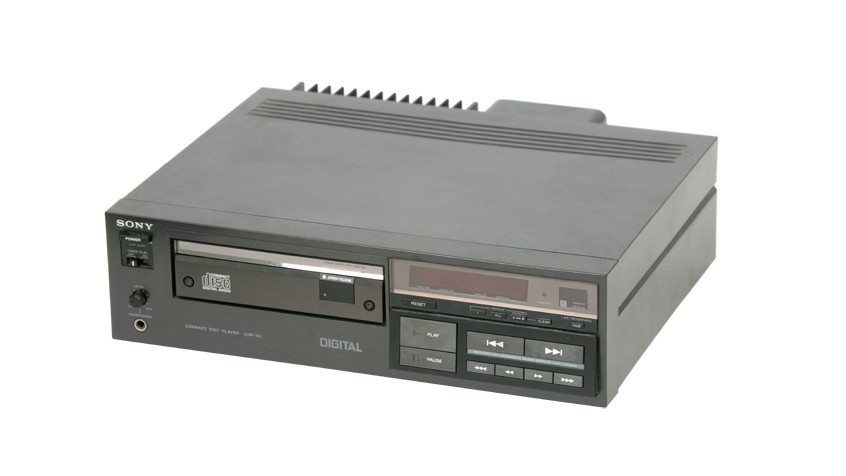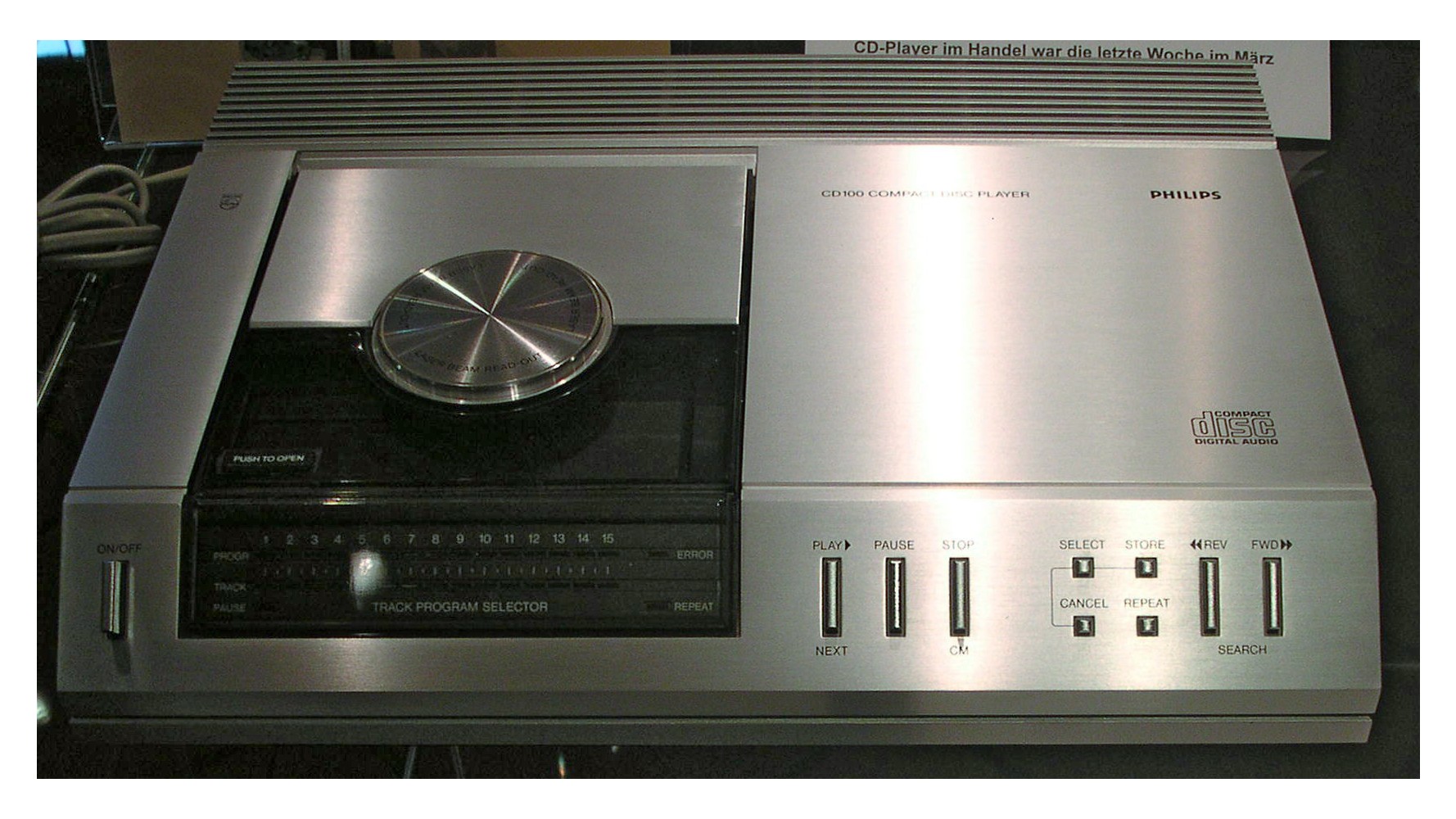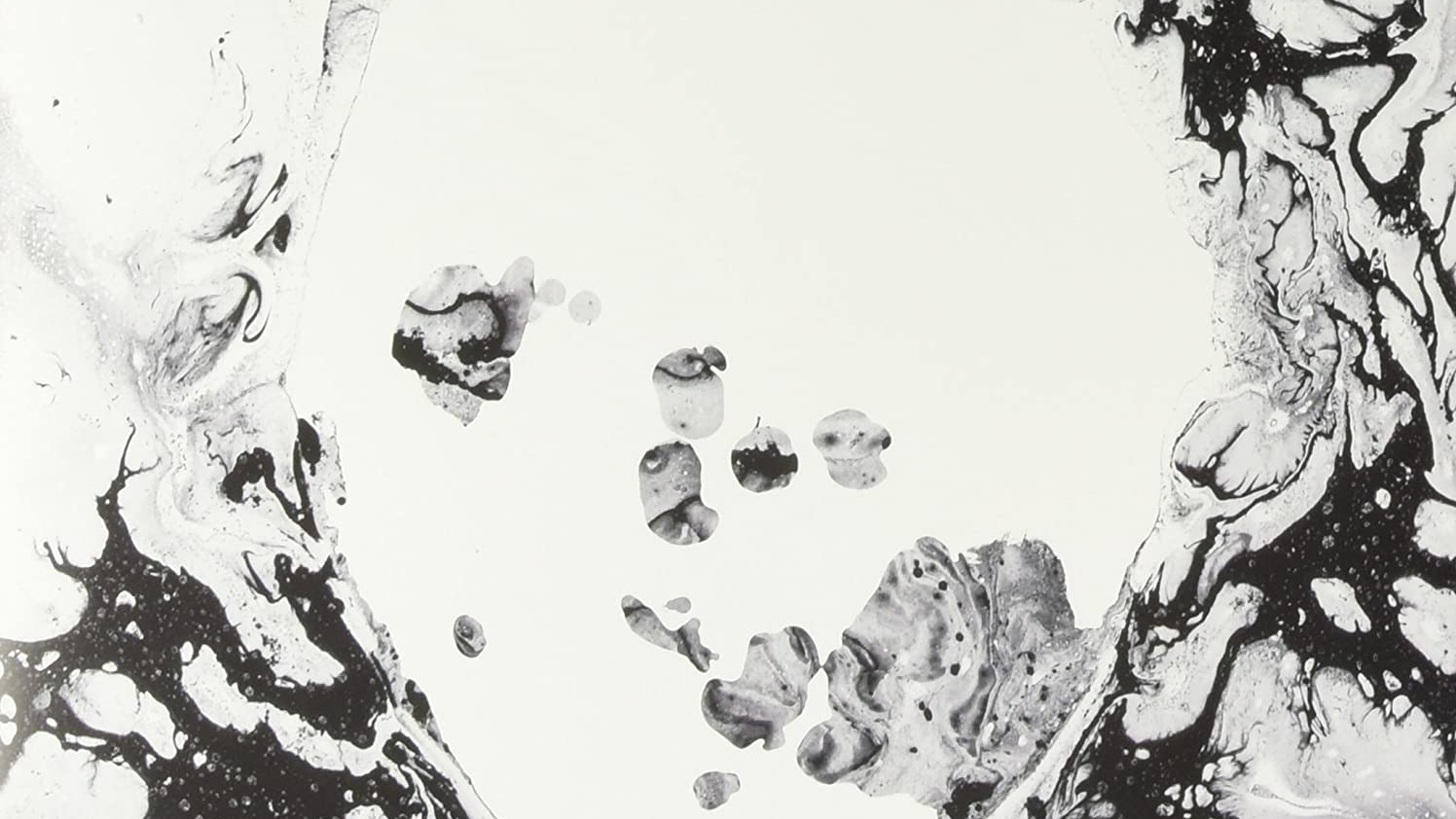The CD player turns 40: the good, the bad, and the persistent relevance
The Sony CDP-101 was released in Japan on 1st October 1982


This feature article has been written for Australian Hi-Fi magazine, one of What Hi-Fi?’s sister titles from Down Under, by one of its freelance contributors, Stephen Dawson. Click here for more information about Australian Hi-Fi, including links to buy individual digital editions and details on how to best subscribe.
On the 25th May 1983, I visited one of the two Kent Hi-Fi stores (remember them?) in Canberra, Australia and handed over AU$1199 to purchase my first CD player. It was, I was led to believe, only the second CD player to have been sold in the capital city. May 1983 was less than eight months after the Sony CDP-101 CD player had been launched in Japan.
That was a lot of money back then. The Reserve Bank of Australia tells me that in 2021 dollars, that comes to AU$4050 – roughly £2300/$2700. Back then my salary was the equivalent of less than AU$50,000 in today’s money, but I’d been into high fidelity for a decade and was almost dying for a format free from surface noise. I know, we’re not supposed to be concerned about such vinyl defects, but when you’re a kid and an album costs you six hours of work in Woolworths Parcel Pickup, it’s frustrating when it clicks and pops on the first play.
I’d had the opportunity to experience a demonstration of CDs some months before and the sound of what we now call 'digital black' was a game-changer for me.
There were very few actual CDs to buy in those early days. I still have Barbra Streisand's Guilty album from the handful I managed to buy straight away, something I would never have bought had there been other CDs available. It’s playing now – for old times’ sake – as I write this. And it still plays with no degradation of quality these several decades later. Score one for the CD. No “CD rot” for that one. Indeed, it sounds enormously better coming out of my system now than it did out of my system back then, thanks to the marked improvements in home audio technology.
Of course, the CD instantly scored – and it continues to score – its fair share of criticism, along with some that was, and still is, less than fair. CDs sounding harsh was one. Well, they often did. In part that was because many high-fidelity loudspeakers in the 1980s had a noticeable high-frequency emphasis which added a sometimes welcome bit of sparkle with vinyl playback. That worked rather less well with the ruler-flat frequency response of the CD.
And then there are the many poorly mastered titles. From my own collection, the first CD release of Billy Joel’s The Nylon Curtain was unlistenable, as was Hunters and Collectors' debut. The remastered versions of both of those released years later are almost incomparably better. There was no excuse for the Joel album to sound bad since, according to Wikipedia, it “was one of the first albums to be digitally recorded, mixed, and mastered”. Lately, I’ve been listening – trying to, anyway – to some analogue-sourced Karajan/Berlin Philharmonic recordings on Deutsche Grammophon CDs. The strings are grindingly distorted, making listening to them quite unpleasant. So, I pulled a Karajan/Berlin Philharmonic LP from my shelf and put it on the turntable. This record has been in my collection for getting on for fifty years, and it sounds enormously better – apart from the surface noise during the quiet parts of the music.
- The best CD players you can buy

The sound defects of the CD were often attributed to the particular digital format. 16-bits wasn’t enough resolution. 44.1kHz wasn’t a high enough sampling rate. The analogue low-pass playback filter had to be too steep. Indeed, some claimed that there was something fundamentally wrong with digital audio. In one particularly silly article, a British hi-fi journalist recounted how he’d recorded some live music digitally using 16-bit/44.1kHz PCM format and was disappointed in the sound… until he copied it over to analogue reel-to-reel, whereupon quality was restored.
The latest hi-fi, home cinema and tech news, reviews, buying advice and deals, direct to your inbox.
Well, after forty years of consumer digital audio, most of us have come to love the results delivered by high-quality equipment, even with the humble CD. Most of those of us who still have time for vinyl (I, for one, have two turntables plugged into my system) tend to use it only occasionally, when the mood strikes.
Could the early complaints also have been due to poor performance by the first CD players?
The Sony CDP-101 – which used a front drawer – was soon followed by the Philips CD100, a top-loader. Philips was, of course, the co-developer of the compact disc format with Sony. And some of the audio quality complaints were instantly levelled at these players, particularly the Sony.
Back in those days, making a DAC was hard. All digital technology was hard. Remember, the first IBM PC – 16-bit internal, 8-bit bus, 4.77MHz processor, floppy disk – had been released only a little more than a year before the CD player. These days, everything in the computer world is a literal thousand times better than four decades ago. For a quarter of the price of my CDP-101 (in 2021 dollars) you can now buy a DAC which supports not just 44.1kHz sampling but 768kHz sampling; not just 16 bits of resolution but 32 bits; not just 96dB of signal-to-noise but (actual, measured) 120dB.
So there were compromises in those early players. The Philips CD100 only used a 14-bit DAC, and simply ignored the two least significant bits of the signal. That increased the notional noise levels from -96dB to -84dB. But even -84dB was so much of an improvement over the widely-used analogue formats that noise remained effectively inaudible. Reviewers tended to prefer the CD100 to the 16-bit Sony offering, using words like “brittle” for the latter.
For its part, Sony did incorporate a DAC that at least purported to offer the full 16 bits of resolution, although I have no idea whether its low-level linearity measured up. But it achieved this by using a single-channel DAC which alternated between left and right channels. The player did not incorporate a hold-circuit which would have allowed a slight delay in the first-decoded channel so they could be output in sync. Some make much of this.
But that particular criticism was simply silly. The delay of one channel compared to the other could be fixed just by moving the speaker carrying the delayed sound closer to you. How much closer? Well, the delay was precisely 11.3 microseconds. Which means 7.7 millimetres. Which channel? I don’t know. But if you found it a problem, you could move your head a half-inch left or right to see which way improved the sound.

Subsequent players were 16 bits, added channel buffers where necessary, or later dual DACs. The resister-ladder-plus-analogue-filter DAC design has persisted in some devices but was first enhanced by oversampling and then later by single-bit sigma-delta DAC designs. The latter sometimes includes such features as a choice of output filters which allows you to tune how the inevitable ultrasonic noise from the discrete steps of a digital signal is dispensed with. Heck, some very high-end DACs unaccountably omit the output filter entirely, claiming that leaving out this integral part of the DAC somehow improves the sound.
These days, higher-end systems tend to use a CD transport with a separate DAC – indeed, that’s what I use.
At least one of the originally touted features of CD was never employed: a four-channel capability for quadrophonic sound. Some CDs – particularly early ones – featured “Indexing”. These were kinds of sub-tracks which could be selected or skipped to. The first release of the 1982 recording of The Goldberg Variations played by Glenn Gould was one single 51:18 track with 32 index points. Unfortunately, only a small number of players ever supported indexing. Neither did very many support the text display of the track titles sported by some CDs.
The high-water mark of the CD has long since been passed. Go to a major music retailer and you’ll find that the shelf facing for CDs is now comparable to that for vinyl – partly because of the latter’s resurgence, but also partly because streaming has replaced physical media for huge swathes of the population. And what’s Sony’s current CD player model? Um… it doesn’t have one. Under “Audio components” on its Australian website it has two turntables and no CD players. Of course, many other brands still have fine CD players available, but the range is severely diminished from what it was at its height.
But I doubt that the CD will ever fully disappear. For one thing, while rock and pop are quite well supported on the streaming platforms, jazz and particularly classical are far less so. For another, if you own a CD, its contents will be available to you seemingly forever with reasonable care.
So, here’s to the fortieth anniversary of the compact disc, and here’s to hoping it persists for many decades to come.
MORE:
The best 24 CD players of What Hi-Fi?'s lifetime
How to get the best sound from your CD player
The perfect digital hi-fi system for music streaming and CDs
Australian Hi-Fi is one of What Hi-Fi?’s sister titles from Down Under and Australia’s longest-running and most successful hi-fi magazines, having been in continuous publication since 1969. Now edited by What Hi-Fi?'s Becky Roberts, every issue is packed with authoritative reviews of hi-fi equipment ranging from portables to state-of-the-art audiophile systems (and everything in between), information on new product launches, and ‘how-to’ articles to help you get the best quality sound for your home.
Click here for more information about Australian Hi-Fi, including links to buy individual digital editions and details on how best to subscribe.

